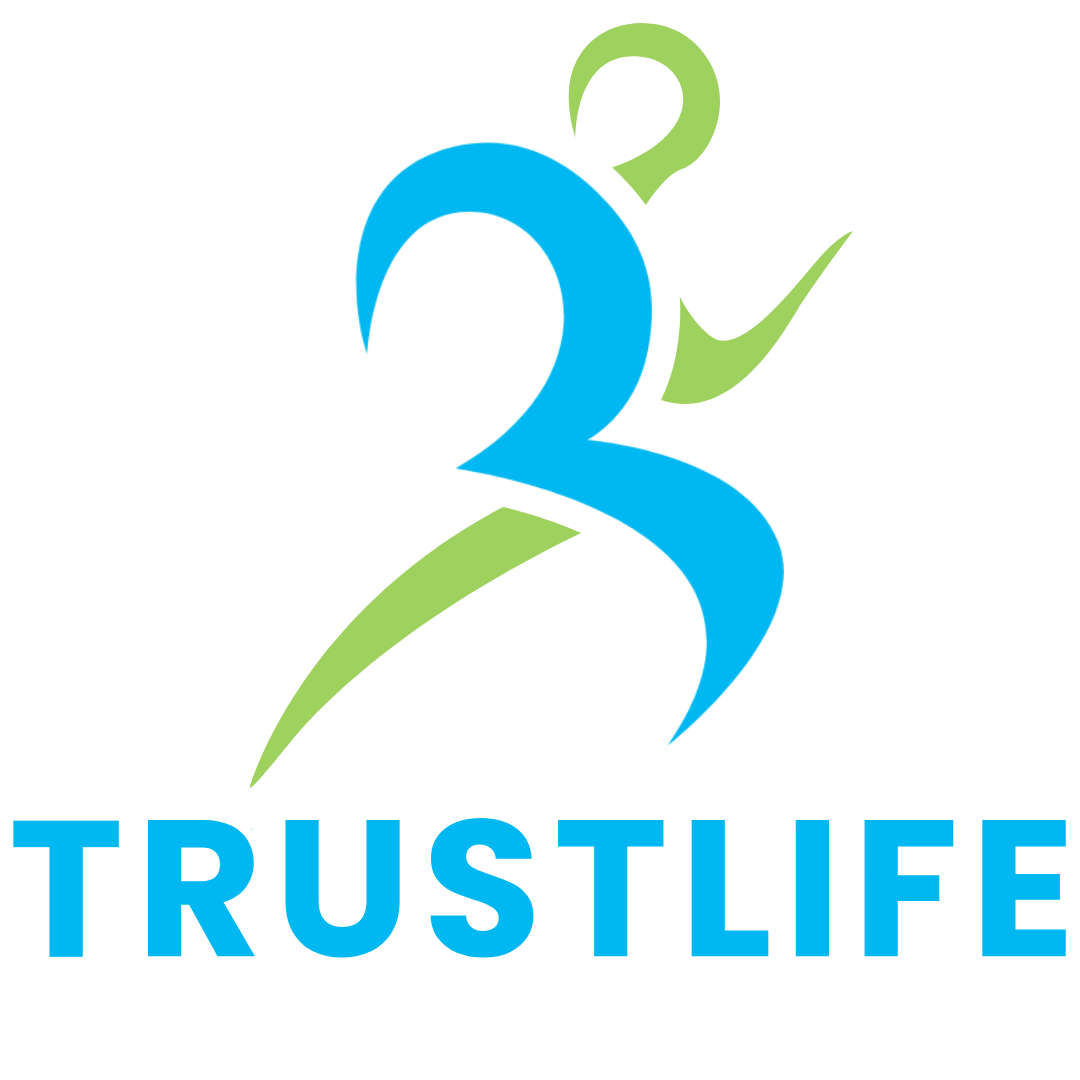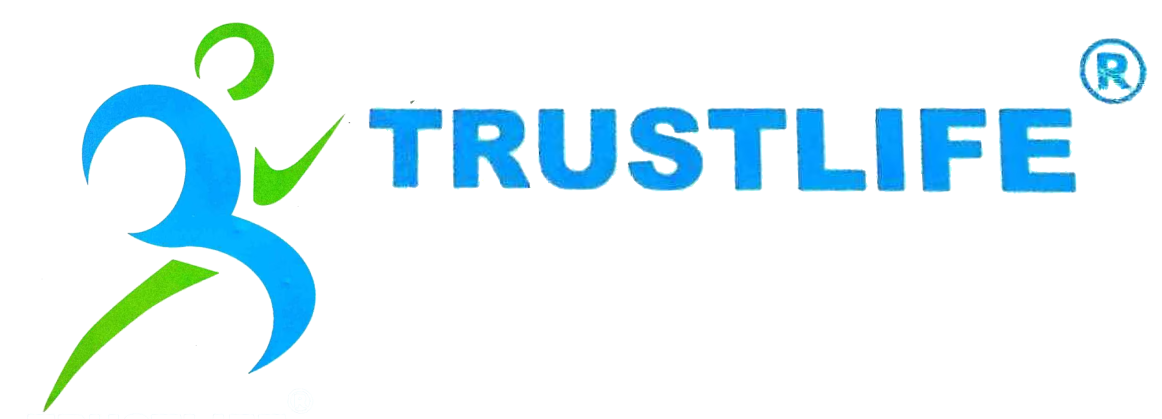
In recent months, India has witnessed the emergence of the Human Metapneumovirus (HMPV), a respiratory virus that has raised concerns due to its ability to cause respiratory infections across all age groups, particularly affecting children, the elderly, and immunocompromised individuals. As awareness about this virus grows, understanding its impact and preventive measures becomes essential to protect ourselves and our loved ones.
What is HMPV?
Human Metapneumovirus (HMPV) is a virus that primarily targets the respiratory system. It was first identified in 2001 and is closely related to viruses like respiratory syncytial virus (RSV) and parainfluenza. HMPV infections are usually seasonal, with outbreaks often occurring in late winter and spring.
Symptoms of HMPV infection include:
- Fever
- Cough and congestion
- Sore throat
- Difficulty breathing in severe cases
- Wheezing and fatigue
For healthy individuals, the symptoms are typically mild and resolve within a week or two. However, it can lead to more severe conditions like pneumonia or bronchitis, particularly in vulnerable groups.
Why is it a Concern in India?
The spread of HMPV in India is significant due to:
- High Population Density: Makes transmission easier in crowded areas.
- Lack of Awareness: Many confuse HMPV symptoms with the common cold or flu.
- Vulnerable Groups: Children under five, elderly individuals, and those with pre-existing respiratory or immune conditions are at greater risk.
Additionally, similarities in symptoms between HMPV, COVID-19, and influenza can lead to misdiagnoses, delaying appropriate treatment.
How Does HMPV Spread?
HMPV spreads through:
- Respiratory Droplets: Sneezing or coughing by an infected person.
- Direct Contact: Touching contaminated surfaces and then touching the face.
- Close Contact: Spending prolonged periods with infected individuals, especially in closed spaces.
The virus has an incubation period of 3-6 days, during which infected individuals may transmit it to others.
Preventive Measures to Avoid HMPV Infection
While there is no specific vaccine or antiviral treatment for HMPV, adopting preventive measures can significantly reduce the risk of infection:
Practice Good Hygiene
- Wash hands frequently with soap and water for at least 20 seconds.
- Use hand sanitizers with at least 60% alcohol when soap and water are unavailable.
Wear Masks in Crowded Places
- Especially in hospitals, public transport, and other high-risk areas.
Maintain Respiratory Etiquette
- Cover your mouth and nose with a tissue or elbow when coughing or sneezing.
- Dispose of used tissues properly.
Disinfect Surfaces
- Regularly clean commonly touched surfaces like doorknobs, smartphones, and countertops.
Avoid Close Contact
- Stay away from people showing symptoms of respiratory illness.
- Isolate yourself if you are unwell to prevent spreading the infection.
Strengthen Your Immunity
- Eat a balanced diet rich in vitamins and minerals.
- Stay hydrated and get adequate sleep.
When to Seek Medical Attention?
Consult a healthcare provider if you or your loved ones experience:
- Persistent fever and severe coughing
- Shortness of breath or wheezing
- Fatigue lasting longer than usual
- Symptoms worsening after initial improvement
Early diagnosis can help manage symptoms effectively and prevent complications.
Role of the Community
Awareness and collective action are critical to controlling the spread of HMPV in India. Communities should:
- Educate others about the virus through local campaigns and social media.
- Encourage the use of preventive measures, especially in schools and workplaces.
- Support public health initiatives aimed at monitoring and reducing outbreaks.
Conclusion
The rise of HMPV cases in India highlights the need for vigilance, awareness, and proactive measures to curb its spread. By prioritizing hygiene, practicing preventive measures, and seeking timely medical care, we can protect ourselves and our communities from this respiratory threat. Let’s work together to ensure a safer and healthier environment for all.



